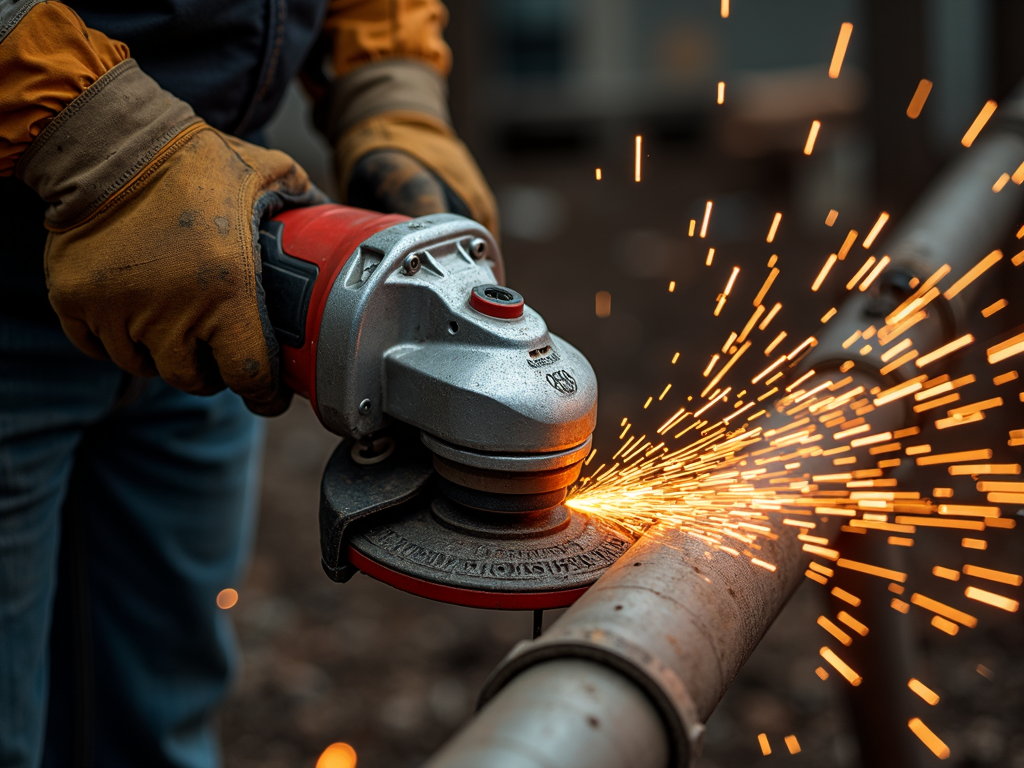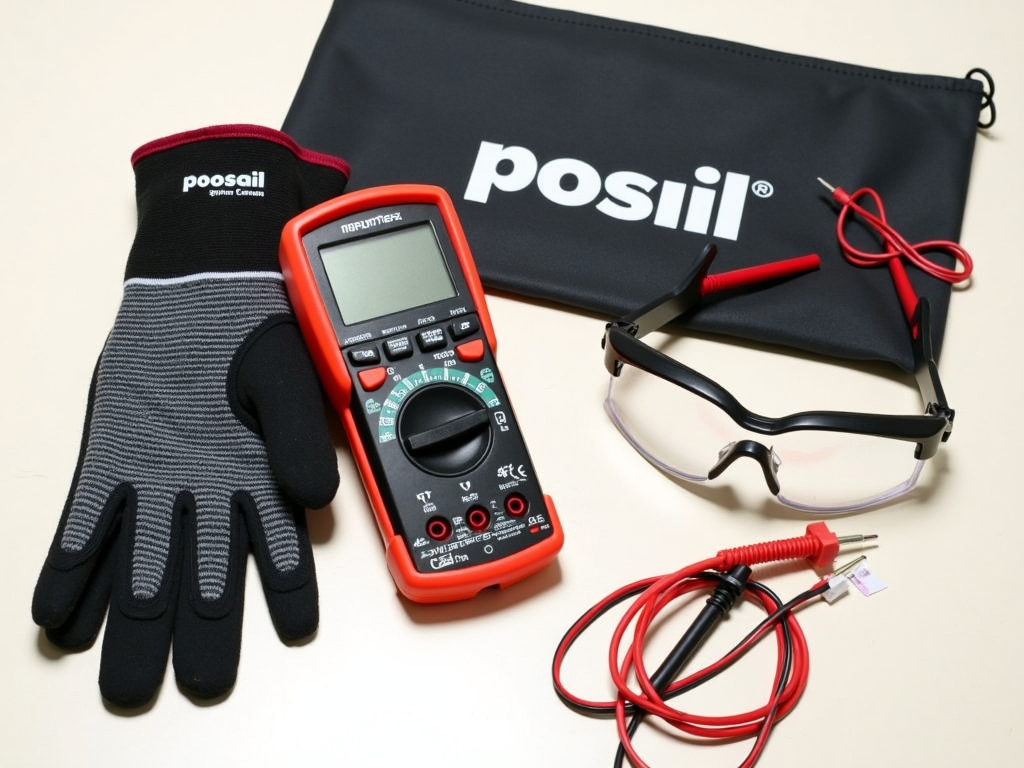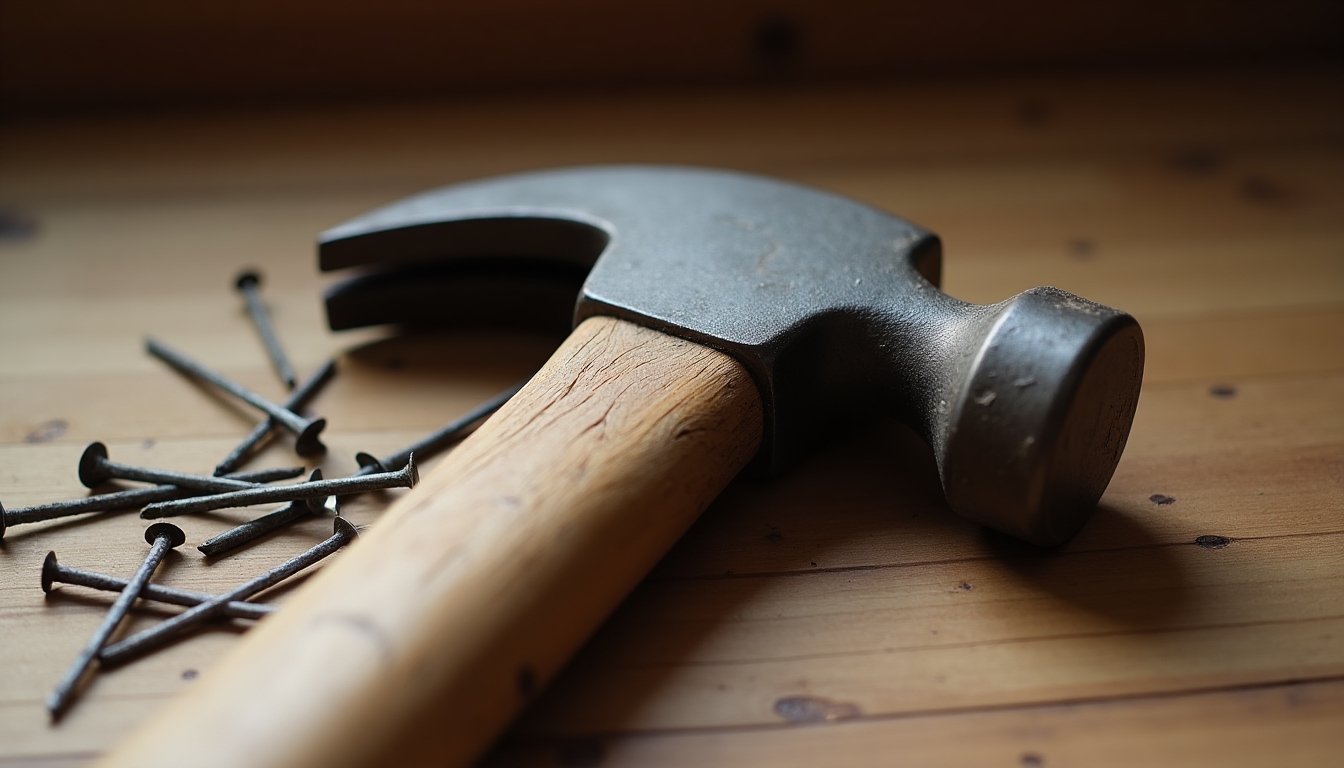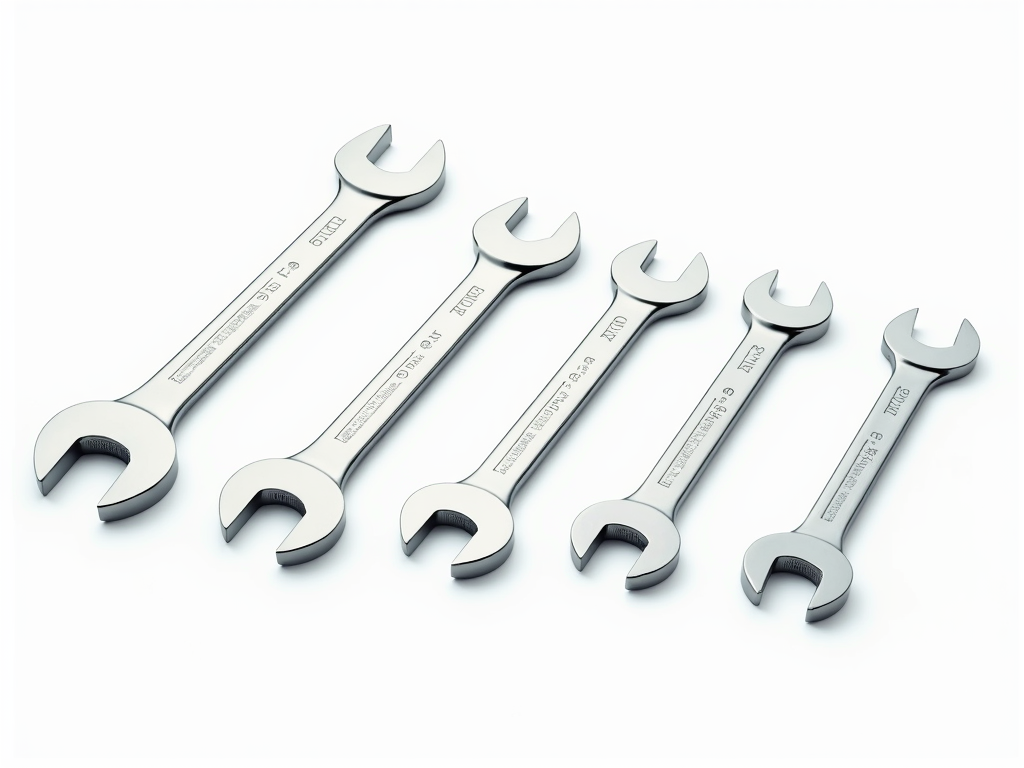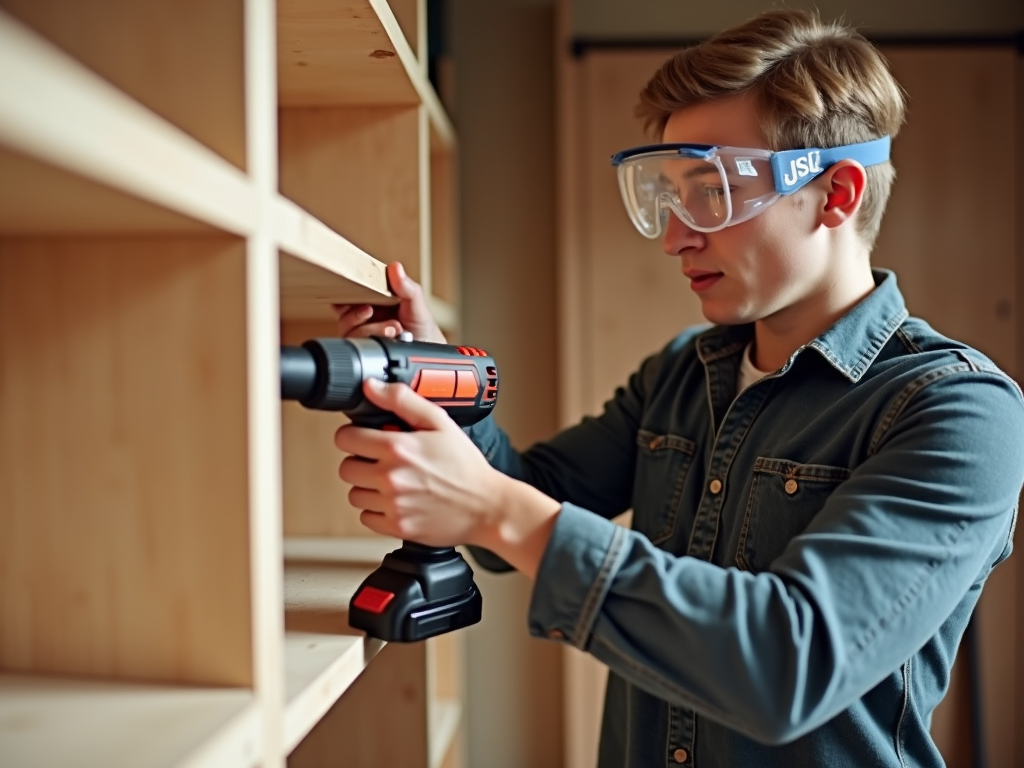Choosing the right drill bit can make or break your project. Whether you're a DIY enthusiast or a professional, understanding the different types of drill bits and their uses is crucial. This guide will walk you through everything you need to know to select the perfect drill bit for any task, ensuring your projects are successful and stress-free.
When it comes to drilling, the bit you choose is just as important as the drill itself. Using the wrong bit can lead to frustration, damaged materials, and even injury. Here's what you need to know to make the right choice every time.
Understanding Drill Bit Types
There are several types of drill bits, each designed for specific materials and tasks. Let's explore the most common ones:
-
Twist Bits: These are the most versatile and widely used drill bits. They're great for drilling into wood, plastic, and metal. If you're just starting out, a set of twist bits is a must-have.
-
Spade Bits: Also known as paddle bits, these are ideal for drilling large holes in wood. They're perfect for projects like installing door knobs or running wires through studs.
-
Hole Saws: When you need to cut large, circular holes in wood, metal, or other materials, hole saws are the way to go. They're commonly used for plumbing and electrical work.
-
Masonry Bits: Designed for drilling into concrete, brick, and stone, these bits have a carbide tip that can handle tough materials. If you're hanging shelves on a concrete wall, you'll need one of these.
-
Forstner Bits: These bits are perfect for drilling precise, flat-bottomed holes in wood. They're often used in cabinetry and furniture making.
-
Auger Bits: If you're drilling deep holes in wood, such as for dowels or through thick beams, auger bits are your best bet. Their screw-like design helps pull the bit through the material.

Factors to Consider When Choosing a Drill Bit
Now that you know the types, here are some key factors to keep in mind:
-
Material: The type of material you're drilling into is the most important factor. Wood, metal, concrete, and tile each require different bits.
-
Hole Size: Consider the diameter and depth of the hole you need. Some bits are better for small, precise holes, while others are designed for larger openings.
-
Drill Type: Make sure your drill bit is compatible with your drill. Most bits work with standard drills, but some specialized bits may require specific tools.
-
Project Requirements: Think about the specific needs of your project. Do you need a clean, precise hole, or is speed more important?
Personal Insights and Tips
From my experience, one of the biggest mistakes people make is using a bit that's too small or too large for the job. I once tried to drill a hole for a curtain rod with a bit that was slightly too small, thinking it would be fine. The rod didn't fit, and I had to redo the entire project. Lesson learned: always double-check the size.
Another tip is to invest in a good quality set of drill bits. Cheap bits can wear out quickly, especially when drilling into tough materials like metal or concrete. A good set will last longer and save you money in the long run.
Also, don't forget to consider the shank type. Most drill bits have a straight shank that fits into a standard drill chuck, but some have hex shanks for use with impact drivers or quick-change chucks.
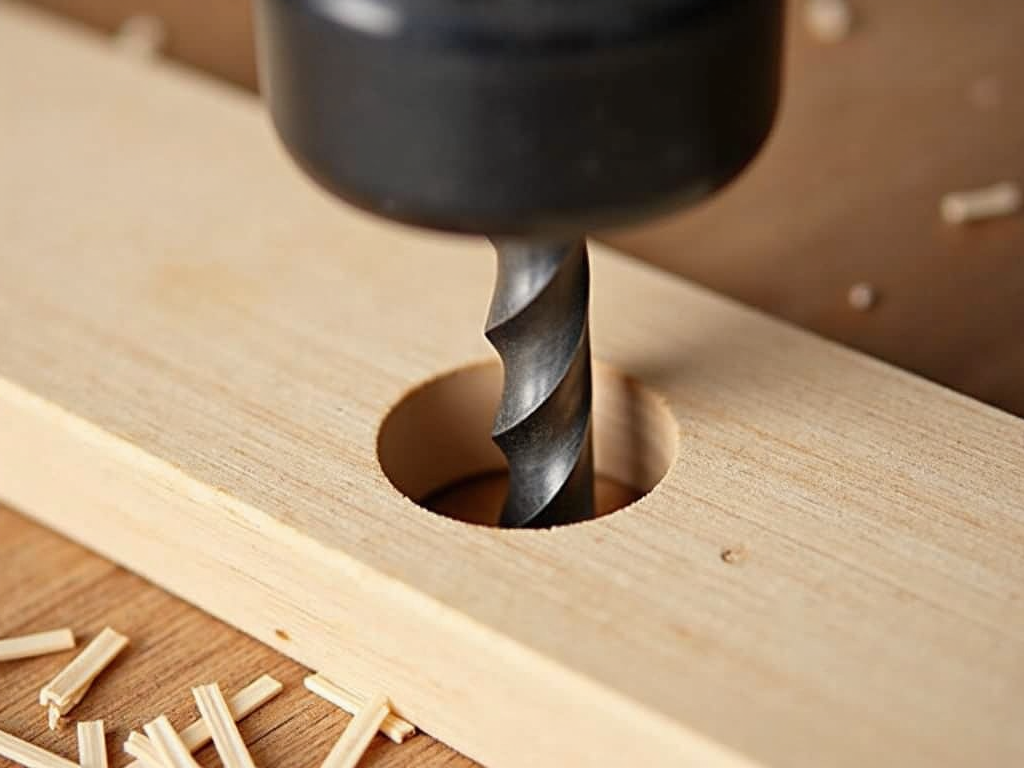
Common Mistakes to Avoid
-
Using the Wrong Bit for the Material: This can lead to poor results and damage to both the bit and the material. Always match the bit to the material.
-
Not Securing the Workpiece: If the material isn't held firmly in place, it can move or spin, causing inaccurate holes or even injury.
-
Applying Too Much Pressure: Let the drill do the work. Excessive pressure can cause the bit to overheat, dull quickly, or break.
-
Ignoring Bit Sharpness: Dull bits make drilling harder and can damage the material. Regularly check and sharpen your bits as needed.
-
Forgetting to Use Lubrication: When drilling into metal, using a lubricant like cutting oil can reduce friction and heat, prolonging the life of the bit.
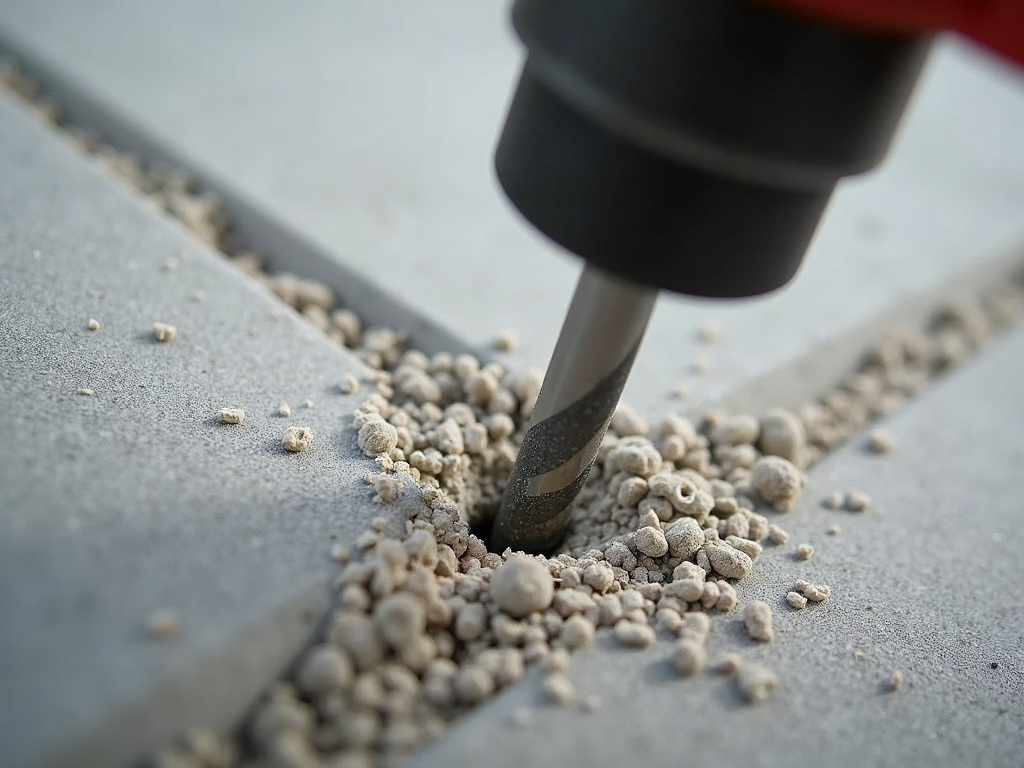
Summary
Choosing the right drill bit doesn't have to be complicated. By understanding the different types of bits and considering the material, hole size, and project requirements, you can select the perfect bit for any task. Remember to invest in quality bits and always double-check your measurements to avoid costly mistakes.

Related How to Choose the Right Drill Bit for Your Project:
- Top 10 Power Tools Every DIYer Needs
- Essential Tips for Using a Multimeter
- How to Choose the Right Socket Set for Any Job
- How to Choose the Best Hammer for Your Needs
- A Guide to Basic DIY Home Repair Tools: Focus on Hammers
- Essential Safety Gear for Every Handyman
- How to Choose the Right Wrench Size: A Comprehensive Guide
- Essential Tips for Tool Maintenance: A Comprehensive Guide
- Safety Tips Every Workman Should Know
- The Essential Toolkit: Must-Have Tools for DIY Enthusiasts
- Power Drills 101: Choosing the Right One
- Top 10 Innovative Workman Tools in 2024
